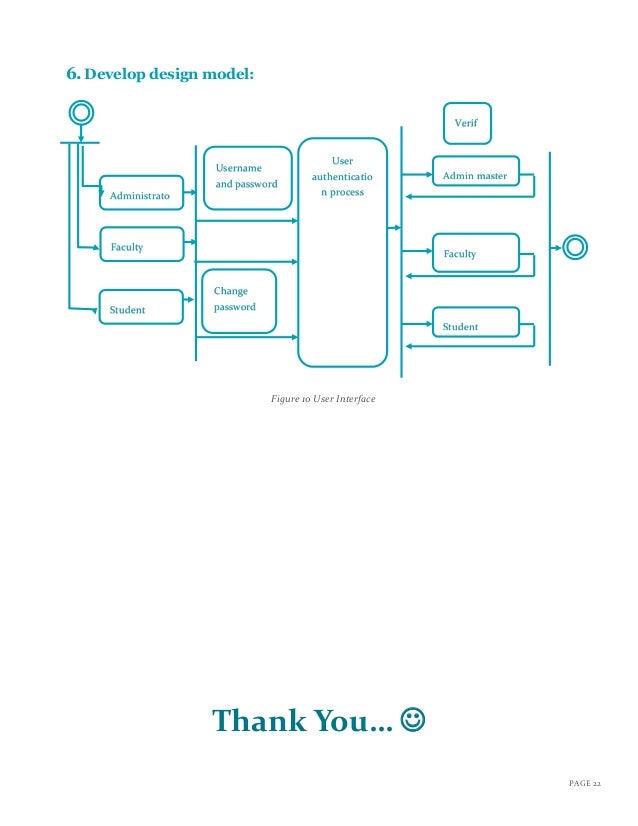Asp.net Projects With Source Code
You can store compiled assemblies (.dll files) in the Bin folder, and other code anywhere in the Web application (such as code for pages) automatically references it. A typical example is that you have the compiled code for a custom class. You can copy the compiled assembly to the Bin folder of your Web application and the class is then available to all pages. Assemblies in the Bin folder do not need to be registered. The presence of a.dll file in the Bin folder is sufficient for ASP.NET to recognize it. If you change the.dll and write a new version of it to the Bin folder, ASP.NET detects the update and uses the new version of the.dll for new page requests from then on.
Putting compiled assemblies into the Bin folder can represent a security risk. If you wrote the code yourself and compiled it, then you know what the code does. However, you should treat compiled code in the Bin folder as you would treat any executable code. Be wary of compiled code until you have tested it and are confident that you understand what it does. Note these security aspects of putting compiled code into the Bin folder:.

ASP.NET Core (which includes MVC) is an open source project under the.NET Foundation. The source code for ASP.NET MVC, ASP.NET Web API and ASP.NET Web Pages. This tutorial series will teach you the basics of building an ASP.NET Web Forms. Create the Project. A Visual Studio 2013 project with C# source code is.

40+ ASP.NET Projects with Source Code. A compilation of projects, mini projects, & project ideas with source code & project report.
Assemblies in Bin folder are scoped to the current application. Therefore, they cannot access resources or invoke code outside the current Web application. At run time, the access levels of an assembly are established by the trust level specified on the local computer. For more information, see.
When you run a project in Visual Studio, code in the Bin folder runs in a different context than at run time. The Visual Studio Development Server runs under your logged-in identity. If you logged in as an administrator, the code will run with administrator permissions. When you deploy your site, however, the code typically does not run with administrator permissions. Therefore you should test your project with a IIS server before deploying it, to make sure that security errors do not occur in production. In a Web site project, you can store source code in the AppCode folder, and it will be automatically compiled at run time. The resulting assembly is accessible to any other code in the Web application.
The AppCode folder therefore works much like the Bin folder, except that you can store source code in it instead of compiled code. The AppCode folder and its special status in an ASP.NET Web application makes it possible to create custom classes and other source-code-only files and use them in your Web application without having to compile them independently. Gigabyte p4m800pro-8237. The AppCode folder can contain source code files written as traditional class files — that is, files with a.vb extension,.cs extension, and so on. However, it can also include files that are not explicitly in a specific programming language. Examples include.wsdl (Web service description language) files and XML schema (.xsd) files. ASP.NET can compile these files into assemblies. The AppCode folder can contain as many files and subfolders as you need.
You can organize your source code in any way that you find convenient, and ASP.NET will still compile all of the code into a single assembly that is accessible to other code anywhere in the Web application. The AppCode folder is not explicitly marked as containing files written in any one programming language. Instead, the ASP.NET infers which compiler to invoke for the AppCode folder based on the files it contains. If the AppCode folder contains.vb files, ASP.NET uses the Visual Basic compiler; if it contains.cs files, ASP.NET uses the C# compiler, and so on.
If the AppCode folder contains only files where the programming language is ambiguous, such as a.wsdl file, ASP.NET uses the default compiler for Web applications, as established in the element of the application Web.config file or the machine-level Web.config file. Compilers are named build providers and a build provider is specified for each file extension in an extension element. Because the source code in the AppCode folder is compiled into a single assembly, all the files in the AppCode folder must be in the same programming language. For example, the AppCode folder cannot include source code in both Visual Basic and C#. However, you can configure your Web application to treat subfolders of the AppCode folder as separate compilable units. Each folder can then contain source code in a different programming language. The configuration is specified by creating a element in the element of the Web.config file and adding a reference to the subfolder.
Asp.net Mvc Projects With Source Code
The following example illustrates how you would configure subfolders named VBCode and CSCode to compile into separate assemblies.